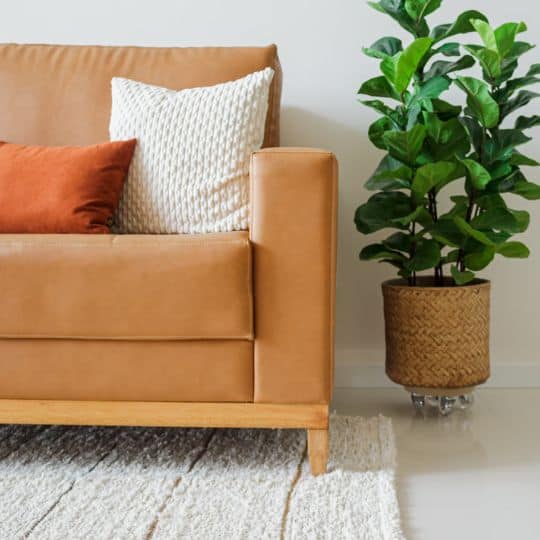
How To Adapt Your Home To Your Disability Needs
Table of Contents
Adapting your home to your health requirements often becomes essential in life. Eventually, everyone needs to make some sort of modifications to accommodate disabilities or illnesses.
Unfortunately, it’s not always clear what changes you should make.
That’s where this post can help. We run through some of the ways you can adapt your home to your health needs to support and enhance your well-being. Here’s everything you need to know:
Consider What’s Challenging Now
The first step is to consider what you’re finding challenging. Knowing where you’re struggling and need help can be an excellent way to prioritise tasks and reduce building work. You don’t want to change your home unless you’re going to benefit directly and immediately.
For instance, think about the things that you find difficult daily. It could be picking things up off the floor or lowering yourself into the bathtub.
You should also consider if you’re going to have any additional support in the future. Considering how a carer undertaking a Home Health Aide Job in Allentown (or elsewhere nearer to you) will interact with the space is important to ensure you can get help should you require it.
Write down a list, and then go to a specialist home fitter and ask them for a quote to fit the items you need. Don’t just modify your home with a blanket approach.
Talk To Someone Who Understands The Modifications You Need
If you’re not sure what help you need around the home, talk to a professional. Simply tell them what you find hard, and they can suggest ideas to improve accessibility.
You don’t necessarily have to go to private companies. Most home care providers, doctors, and people working in the care industry should be able to tell you from experience what will help you thrive.
Explore Various Assistive Technology Options
Today’s range of assistive technology options is more extensive than ever before. With solutions such as a Care app available to assist carers, the quality of care has significantly improved in recent times. People living with disabilities have more choices than in the past and more ways to remain independent in their homes.
If you find walking upstairs hard, take some time to choose the correct curved stairlift for you. Don’t pick anything that won’t fit your lifestyle or meet your needs.
In the bathroom, consider things like shower rails and raised toilet seats. These make it easier for you to lower and raise yourself, reducing the risk of straining and falls.
In the kitchen, you can lower the countertops and install pull-out shelving. The latter modifications make it more straightforward to reach things at the back of cupboards without having to strain.
Improving the lighting can also help. Being able to better see where you’re going is beneficial if you have a sight issue.
You might also want to add a second hand rail to the stairs. These let you walk downstairs with the help of both arms, letting you keep your balance and giving you more control.
Get Financial Assistance
The final step is to get the financial assistance you need. Most governments offer support schemes that make it less expensive to live with a disability.
For example, you might get funding to cover the cost of adapting your home to your needs. You might also get payments you can use for carers to look after your property and perform basic maintenance.



